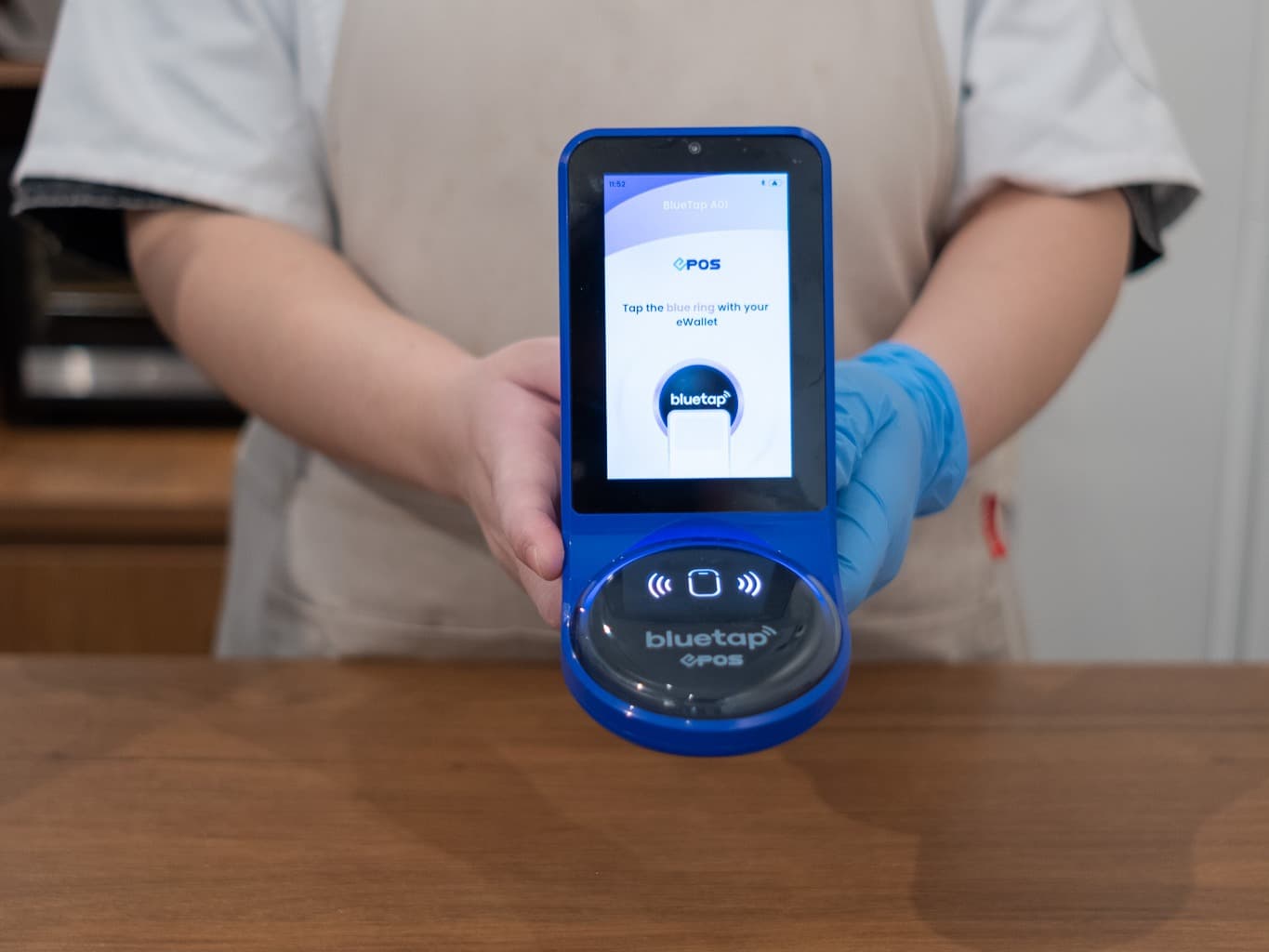
Posted By Wanda Rich
Hospitals across the country were affected when a large clinical laboratory in the United States that processes millions of tests a year became caught up in a vicious loop of billing problems, communication breakdowns, and diagnostic delays. Lab workers juggled between disjointed systems that made ordinary activities into time-consuming challenges, doctors waited hours for crucial results, and patients faced perplexing costs.
This crisis isn't confined to one facility. The Clinical Diagnostics Market reached $86.72 billion in 2024, yet healthcare providers continue battling diagnostic delays that can determine patient outcomes. A landmark study published in JAMA Internal Medicine found that 23 percent of patients who died or were transferred to intensive care experienced diagnostic errors or delays in report delivery, most of which caused measurable harm.
These delays weren't simply numbers for one large clinical laboratory in the United States that processes millions of tests a year; they were everyday emergencies that jeopardized patient care and damaged ties with medical professionals across.
When Systems Break Down, Patients Pay the Price
When Srinivasa Rao Bogireddy took over the role as Pega Lead System Architect in November 2021, he discovered a disconnect: state-of-the-art diagnostic equipment fed results into a reporting pipeline that still relied on manual checkpoints. His end-to-end review confirmed that these checkpoints could stall the flow for days and sometimes weeks before physicians received the final reports.
The problems were everywhere. ADT (Admission, Discharge, Transfer) messages couldn't interface with either the Laboratory Information System or the Order Notification System without manual intervention. Billing processes generated errors that confused patients and providers alike. When doctors called for results, staff juggled between multiple screens, often putting physicians on hold while they searched for information. Without real-time monitoring, small glitches snowballed into system-wide failures before anyone noticed.
To get to the root of the problem, he spent the last part of 2021 closely reviewing internal processes, testing how systems were connected, and identifying communication gaps. What he found confirmed the issue: while the lab's testing capabilities were solid, the way results moved through the system and how billing was handled weren't. There were breakdowns between the Laboratory Information System (LIS), billing processes, and provider communication tools. Staff were caught up in manual work, and without tools to monitor performance in real time, small issues often turned into bigger ones before anyone noticed.
By January 2022, he had laid out a clear action plan built around four main goals: streamline communication between lab teams and healthcare providers; automate repetitive processes to speed up result delivery; strengthen data security for billing processes, keeping patient information safe and compliant; and introduce real-time monitoring to catch issues early and keep everything running smoothly.
His approach wasn't about applying a quick fix. It was about making thoughtful changes that helped the lab handle today's demands and scale for tomorrow, while also making the day-to-day smoother for the people doing the work.
Building Bridges Between Islands of Data
The technical rollout began in March 2022 and unfolded methodically through the year. He first integrated the lab's Five9 telephony system with the Pega platform, creating a seamless link between call management and result access. This allowed lab staff to pull up test data during provider calls, eliminating frustrating callbacks and delays in getting results to physicians.
By mid-spring, he introduced Pega Chat functionality, enabling staff to handle multiple inquiries simultaneously while keeping the full context of each case. This slashed response times for result delivery and eased the workload for lab workers, who could now focus on testing rather than juggling calls.
Next, he tackled data flow. He designed structured data exchange protocols between the Laboratory Information System (LIS) and Order Notification Systems (ONS), automating information transfers that once relied on manual entry. This accelerated result delivery to doctors and streamlined the entire communication process.
A major milestone came in June 2022 when he led the migration from Pega version 8.3 to 8.7. The upgrade was complex, requiring extensive testing, but it delivered enhanced workflow automation and better performance under peak test volumes. The new system could handle the lab's growing workload without buckling, ensuring consistent result delivery even during busy periods.
Through the summer, he implemented encryption mechanisms for billing data, addressing privacy concerns, and simplifying compliance with regulations like HIPAA. This not only protected patients but also streamlined billing processes and reporting for the lab's operations team.
By September 2022, optimization became the main priority. He raised the system's guardrail score, a measure of the code's quality, from 45 to 90. He used automated monitoring methods to make sure issues were found early, spotting any inconsistencies in invoicing procedures or communication lags right away. The system's resilience was validated through extensive testing under simulated peak load situations, demonstrating that it could manage the busiest times in the lab without causing delays in the delivery of results.
Results That Matter Beyond Numbers
By October 2022, the lab's diagnostic workflow system had been transformed. System stability ensured doctors could access results without unpredictable outages. Streamlined billing processes eliminated confusion for patients and providers. Enhanced communication channels meant faster result delivery between lab staff and doctors, while improved encryption safeguarded billing and patient data. The system proved reliable during peak demand periods, when timely results are most critical.
The transformation delivered measurable improvements across the lab's operations. System stability eliminated unpredictable outages that previously left doctors without access to results. Billing process improvements reduced confusion and enhanced the patient experience. The streamlined communication channels accelerated result delivery between lab staff and physicians, while enhanced encryption protected both billing and patient data during transmission.
Most significantly, the system maintained reliability during peak demand periods, precisely when timely results matter most for patient outcomes. The automated monitoring tools he implemented caught potential issues in billing processes and communication delays before they could cascade into larger problems, while the improved guardrail score from 45 to 90 reflected the enhanced code quality that underpinned the system's stability.
"Every efficiency gain means faster clinical decisions," Srinivasa Rao Bogireddy explains. "We built a reliable platform that delivers critical information when it's needed most."
A Template for Industry Transformation
The project reflects what's happening across healthcare technology right now. The Clinical Diagnostics Market size is estimated at $84.18 billion in 2024, and is expected to increase by 2029, growing at a CAGR of 5.48% during the forecast period, driven by increasing demand for faster, more accurate diagnostics. Labs that can't keep up with infrastructure changes risk slowing down an already complex healthcare system.
What worked here wasn't cutting-edge technology; it was getting existing systems to actually talk to each other. Srinivasa Rao Bogireddy tackled two main areas: fixing communication problems for faster result delivery and streamlining billing processes through automation.
Other labs dealing with similar headaches could follow this playbook. Rather than ripping out everything and starting over, smart connections between existing systems can fill the gaps in both billing and communication workflows while building something that actually grows with demand.
The diagnostic industry is becoming increasingly complex, and the systems connecting labs to hospitals are more crucial than ever. This case proves that good system design can turn labs from healthcare roadblocks into parts of the machine that actually work the way they should.
For hospitals, clinics, and patients across the country, better diagnostic infrastructure means faster result delivery, clearer billing processes, and ultimately, better health outcomes when they matter most.


